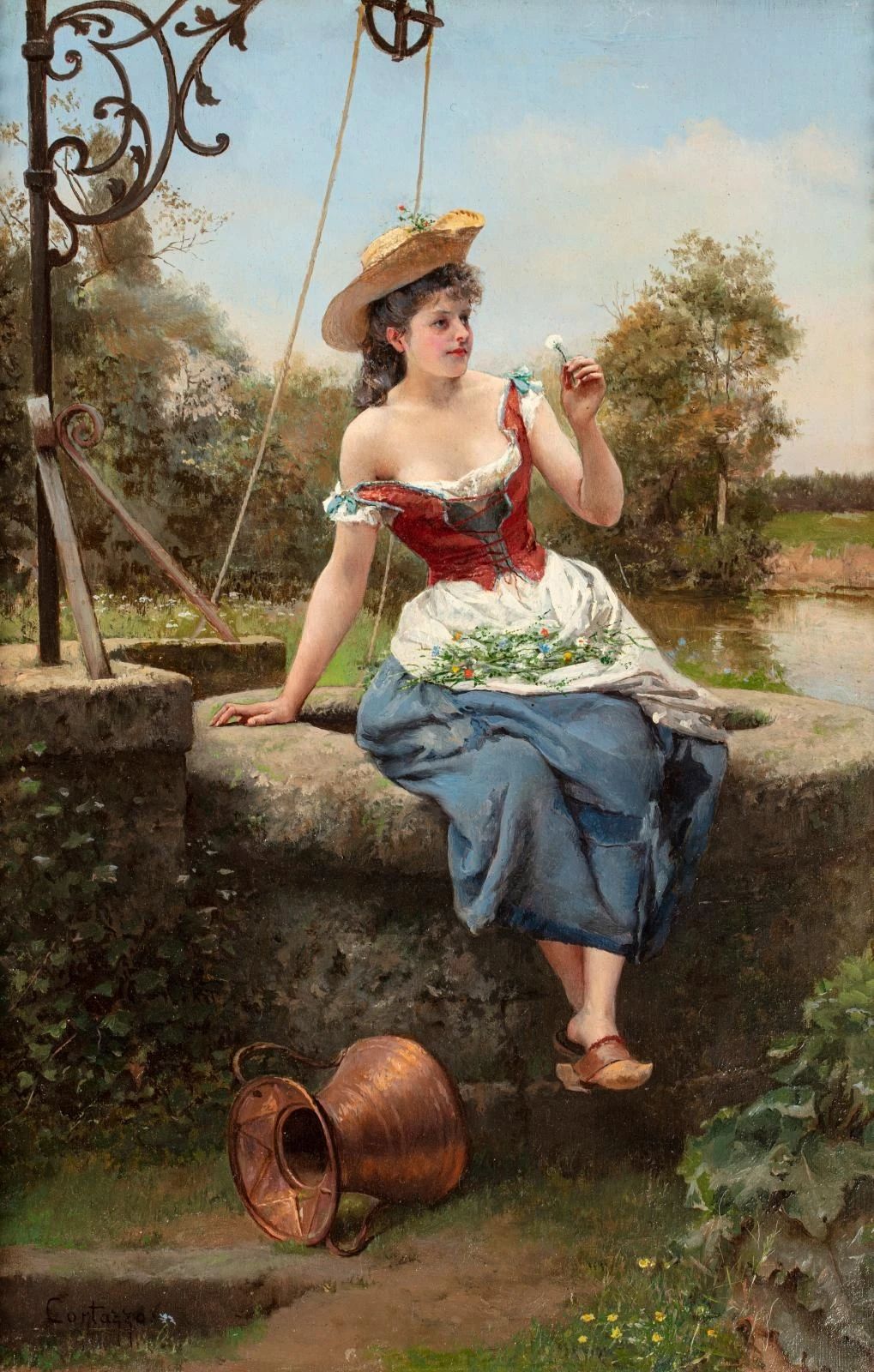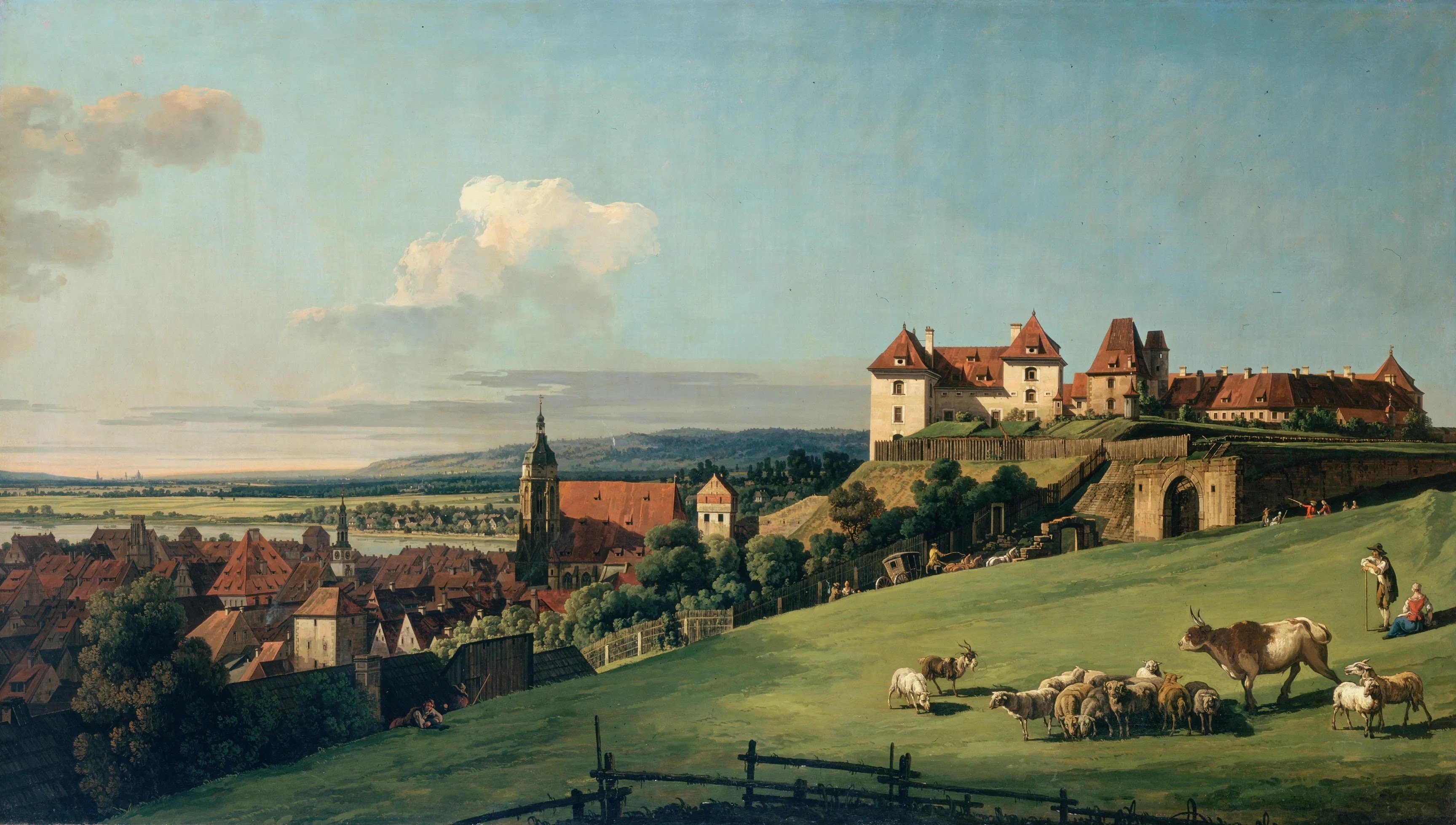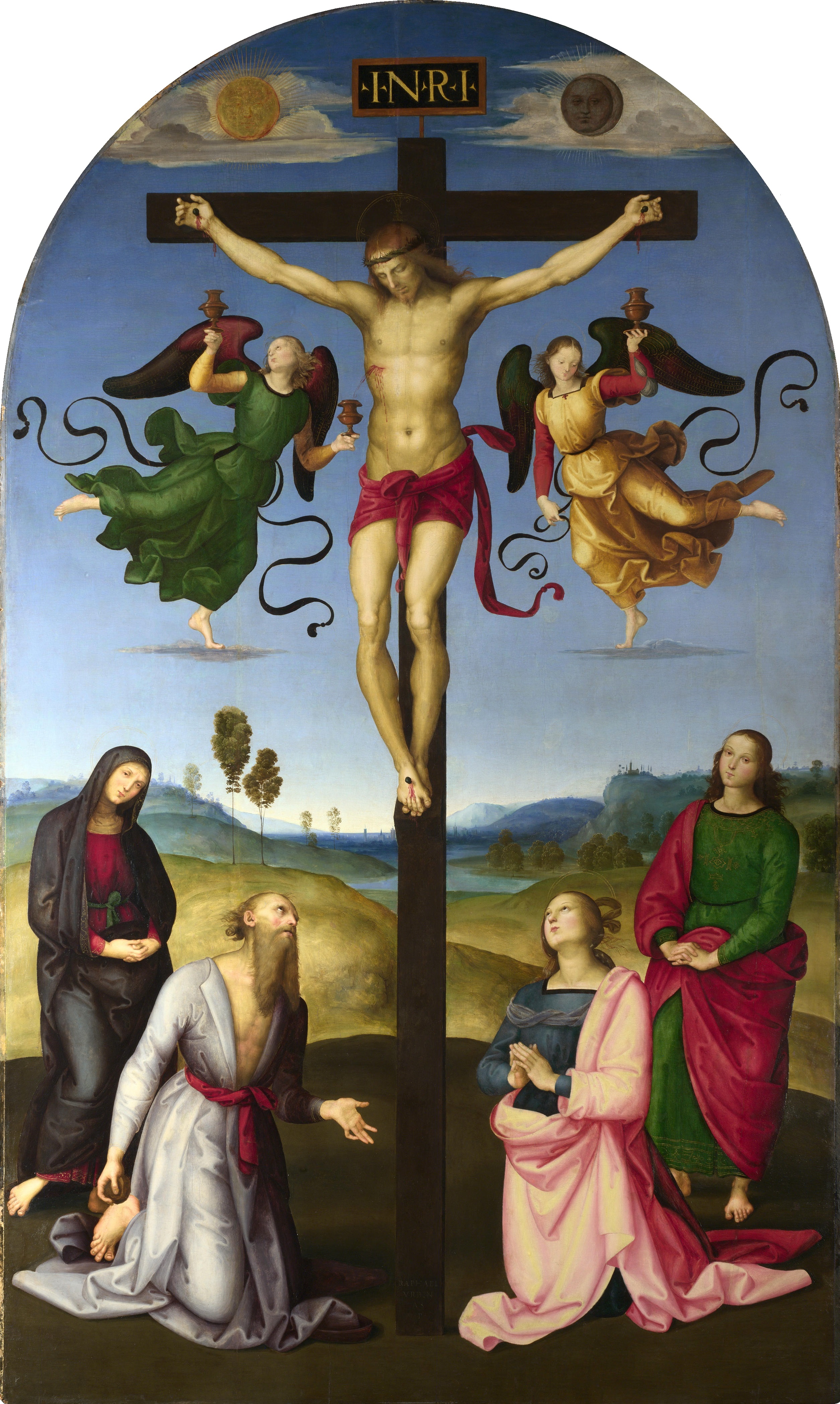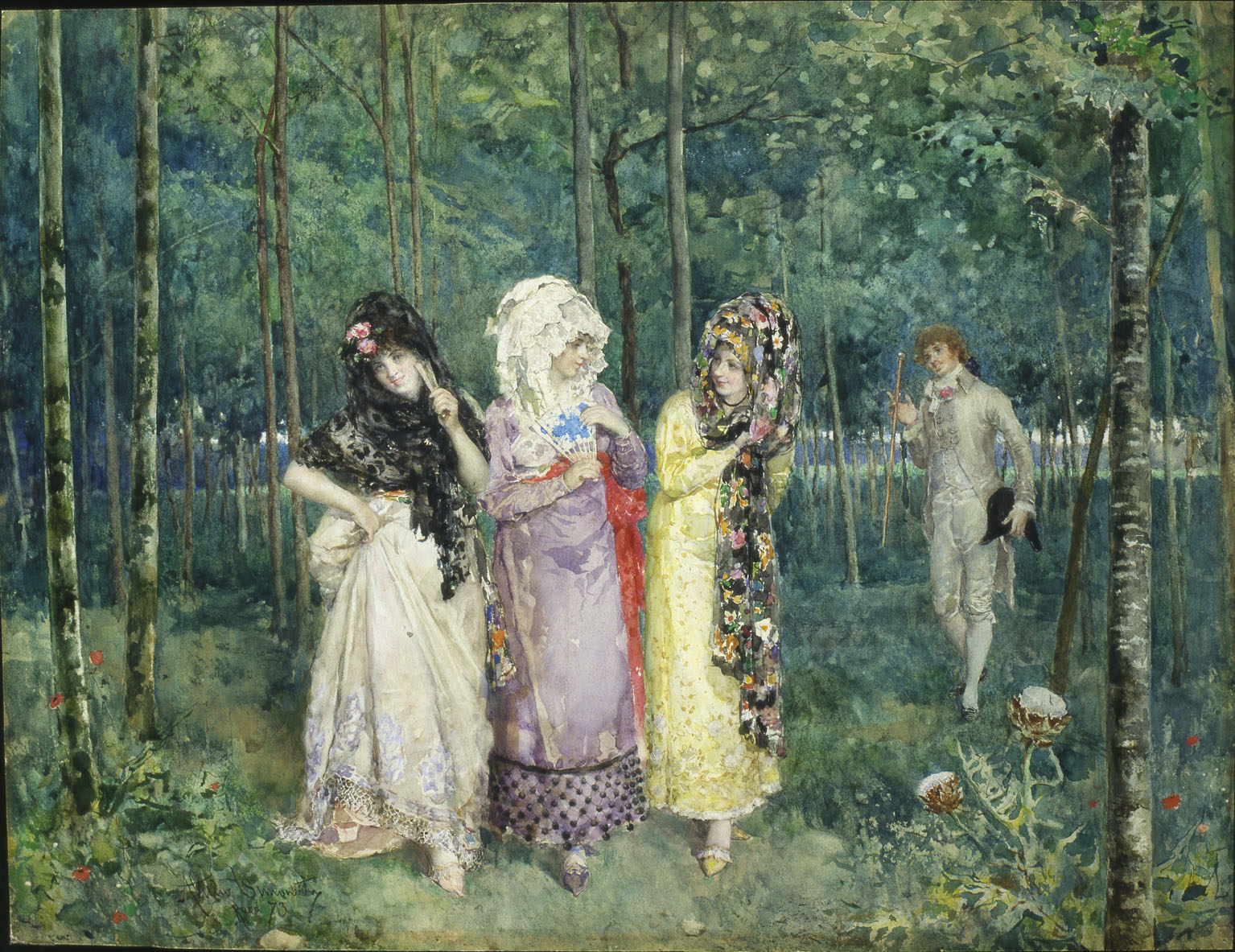From 6 March to 9 June 2024, Palazzo delle Esposizioni in Rome dedicates an important retrospective to Carla Accardi on the anniversary of her birth, 1924-2024.
A figure of undisputed prominence on the international panorama, Carla Accardi (Trapani, 1924 - Rome, 2014) was a major player in the visual culture both of Italy and abroad.
Whilst maintaining a singular and exceptional expressive coherence in her work, Accardi contributed to the emergence and development of new ways of understanding the artwork, from the Abstraction of the immediate post-War years to Informal, Conceptual painting, Environment Painting, to art influenced by feminism, the rediscovered joie de vivre embodied in the painting of the 1980s, right up to the grandiose synthesis of her work in the 1990s and 2000s.



















